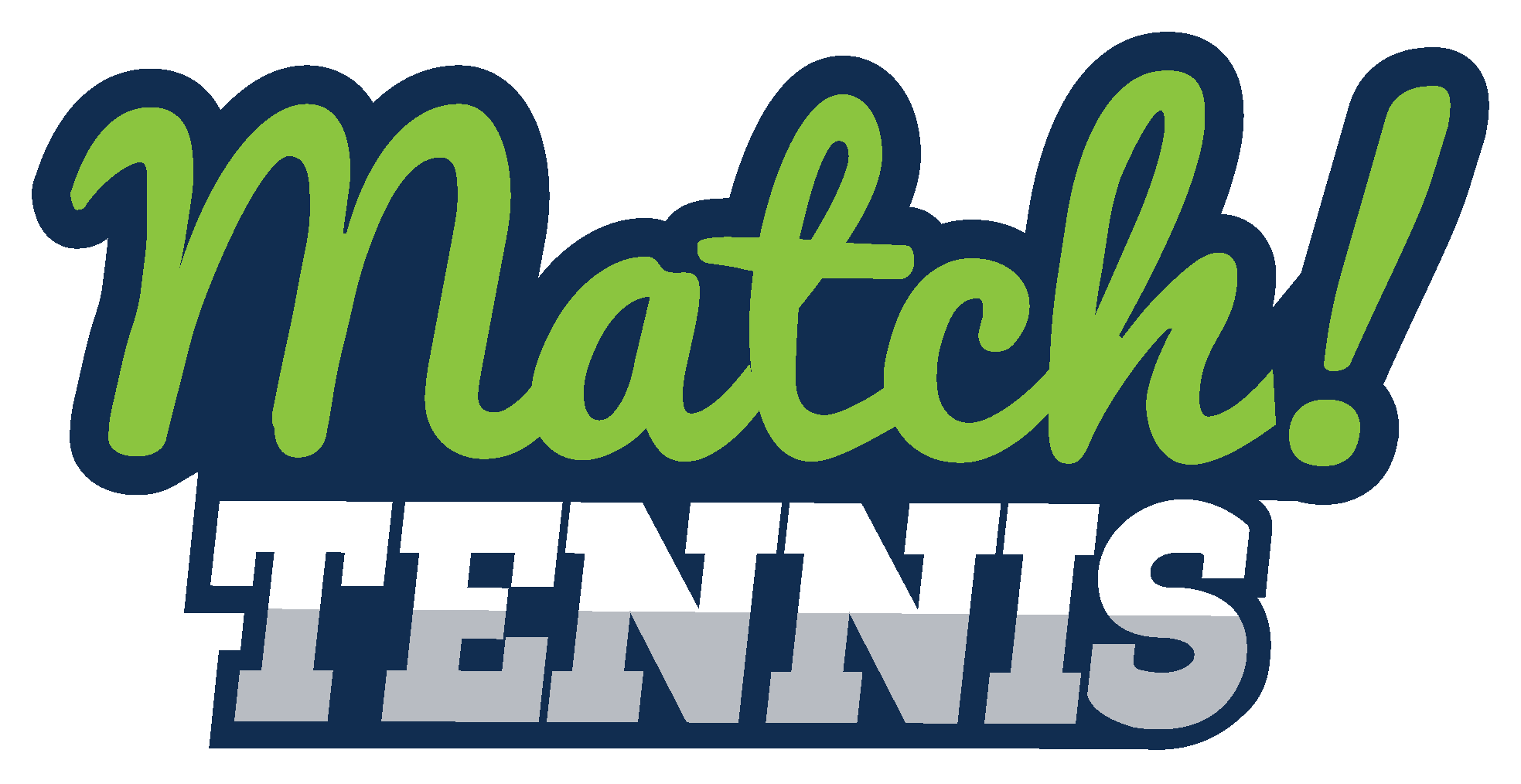Understanding UTR Rating: A Fair and Accurate Measurement of Tennis Skill
UTR Rating, which stands for Universal Tennis Rating, is a modified Elo rating system that aims to promote fair and competitive play across the tennis world. Players are rated based on actual results, not age, gender, nationality, or socioeconomic status[^1^]. It provides a real and accurate measurement of a player’s skill level, allowing them to find matches, events, and tournaments that suit their level of play. In this article, we will delve into the details of UTR Rating, its calculation methodology, and how players can improve their ratings.
What is a UTR Rating?
A UTR Rating is a number that represents a player’s skill level in tennis. The rating falls within the range of 1.00 to 16.50, with higher values indicating a higher level of proficiency. The rating is calculated based on the player’s performance in matches. Interestingly, it only takes one match result to receive a projected UTR Rating, but approximately five matches are needed for the rating to become fully reliable.
Calculation of UTR Rating
The UTR Rating algorithm considers two main factors when calculating a player’s rating: match rating and match weight. The match rating is determined by the UTR Rating difference between opponents and the competitiveness of the match, as reflected by the percentage of total games won.
For each match, the algorithm expects a certain percentage of games won based on the UTR Rating difference. If a player outperforms the algorithm’s expectation, their match rating will increase, while the opponent’s match rating will decrease by the same amount. It’s worth noting that if the two players have a different number of matches counted toward their rating, the overall UTR Rating may not increase or decrease by the same amount.
The match weight calculation takes into account several factors:
- Format: Longer match formats receive more weight. For example, a three-set match holds more significance than an eight-game pro-set match.
- Competitiveness: Matches against opponents with a UTR Rating closer to the player’s own rating receive more weight. A match against an opponent with a UTR Rating of 5.00 or 7.00 carries more weight than a match against a player with a UTR Rating of 4.00 or 8.00.
- Reliability: Matches against opponents with a reliable UTR Rating, indicating frequent participation, receive more weight.
- Time Degradation: Older matches receive less weight as the algorithm prioritizes recent performance. The system gives more credit to matches played within the last few months.
Ways to Improve Your UTR Rating
Players looking to enhance their UTR Rating can follow these strategies:
- Play Well: The most straightforward way to improve your UTR Rating is by performing well in matches. Regardless of whether you face higher- or lower-rated opponents, winning more games than expected can boost your rating.
- Play Often: The more matches you play, the quicker your UTR Rating will reflect your current form. The algorithm is particularly accurate for players who frequently compete against a variety of opponents, both above and below their own rating.
- Be Patient: As UTR Rating is a rolling weighted average, the effect of new results may be slightly delayed. Your rating might not immediately reflect a recent outcome, but it will over time as the system incorporates more data.
By implementing these strategies, players can work towards improving their UTR Ratings and accurately showcasing their skill level.
UTR Rating provides a fair and reliable assessment of a player’s tennis ability. It focuses on the actual results achieved on the court, without any biases based on age, gender, nationality, or socioeconomic status[^1^]. By understanding and actively participating in the UTR Rating system, tennis players can find appropriate matches, events, and tournaments where they can enjoy the game, compete fairly, and continue to develop their skills.
[^1^]: Universal Tennis. “Understanding the Algorithm – Complete Summary.” UTR Support Center. Retrieved from Source
